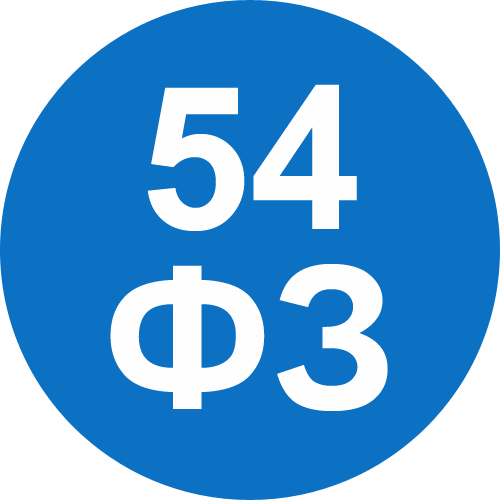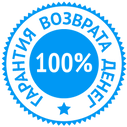Excursions to the palace are closed
- E
- Date and time:
On this page you can book a tour of the Nikolaevsky Palace. We will consider the application in the near future and we will answer you by e-mail. If your application is approved, then in the letter there will be a link to the payment form of the excursion.
Attention! Only bank cards of the Russian Federation are accepted for payment.
Electronic tickets and check come to the e-mail specified in the order form. Do not forget to check the Spam folder if you do not find them after payment. If the tickets or check did not arrive within 5 minutes, please follow the instructions in the Ordering rules.
For 100% confirmation of the tour, it must be booked in advance. (7 days)
Time of the excursion:from 10.00AM to 02.00PM
Duration excursion: 1-2 hours.
Guide from the palace in Russian is included in the tour price.
In the excursion includes: Hall, Stairs, Church, White Living Room, Concert Hall, Princely Drawing Room, Hunting Room, Library, Gallery, Museum of Labor.
Entrance to the palace for excursion only in its shoe covers.
The cost of the tour is 800 rubles. per person, when ordering a group of 12 people.
We draw your attention to the fact that on a tour of the palace, we do not type sightseers into excursion groups, and do not join other groups. Only corporate bookings or individual excursions for groups of 12 people are possible.










We invite you to visit the Nikolaevsky Palace - the pearl of the historical center of St. Petersburg, a masterpiece of eclecticism in Russian architecture of the middle of the XIX century, built in 1853-61. architect A. I. Stakenschneider for Grand Duke Nikolai Nikolaevich (Elder), the third son of Emperor Nicholas I.
The Nikolaevsky Palace, located on the former Blagoveshchenskaya square (now Truda Square), was built according to the project of architect A.I. Stackenschneider for the Grand Duke Nikolai Nikolaevich, the son of Nicholas I. The palace was completed in 1861.
The facades of the palace are a vivid example of the neo-Renaissance style. Repeating the compositional techniques of the Italian architecture of the 16th century, Stackenschneider saturate the facade with stucco, ornamental sculptural insets, floored columns and pilasters.
Because of the crumbling scale, the warrant loses the power and grandeur inherent in the buildings of classicism. Portico of the four granite columns, unlike classicism, does not play the role of an emotional and semantic center, it has become a simple decoration of the main entrance. Nevertheless, the Nicholas Palace seems larger than its true size due to the characteristic order processing of the facades. The first floor of the palace is decorated with wide Ionic pilasters, the second floor - Corinthian columns, and the third - with short narrow pilasters, which creates the illusion of a long-term reduction.
Sculptural decoration is also facilitated, which gives a feeling of greater height of the building. Preference in finishing the building was given to the Renaissance and Baroque. One of the most interesting works of architecture of St. Petersburg in the XIX century is the grand staircase of the palace.
The complex of buildings of the Nikolayev Palace is a kind of micro-ensemble, in which the modest facades of office buildings in the eastern part of the block are opposed to the monumental and elegant palace. In the differentiation of architectural techniques, the desire to reflect the function of the building in its appearance was manifested, and at the same time to emphasize the difference in the social status of the inhabitants of the palace and office buildings.
At the end of the XIX century, the Nikolaevsky Palace housed the Xenin Institute of Noble Maidens, in which girlish girls, half-orphans, lost one of their parents.
After the October Revolution, the institute was closed, and the palace itself was transferred to the Petrograd Soviet of Trade Unions. Later it was renamed the Palace of Labor, and in 1923 the so-called Square of Labor was named so. During the Soviet era, the palace housed: the Central Library, the People's University of Trade Union Workers, various trade union organizations. Here the printing house began, in which the magazine Vestnik of Trade Unions and the Trud newspaper were published.
In the difficult years of the siege of Leningrad, a hospital was located in the Nikolaevsky Palace. As a result of shelling and bombing, the building was badly damaged. In the late 40's - early 50's the building of the palace was restored.



